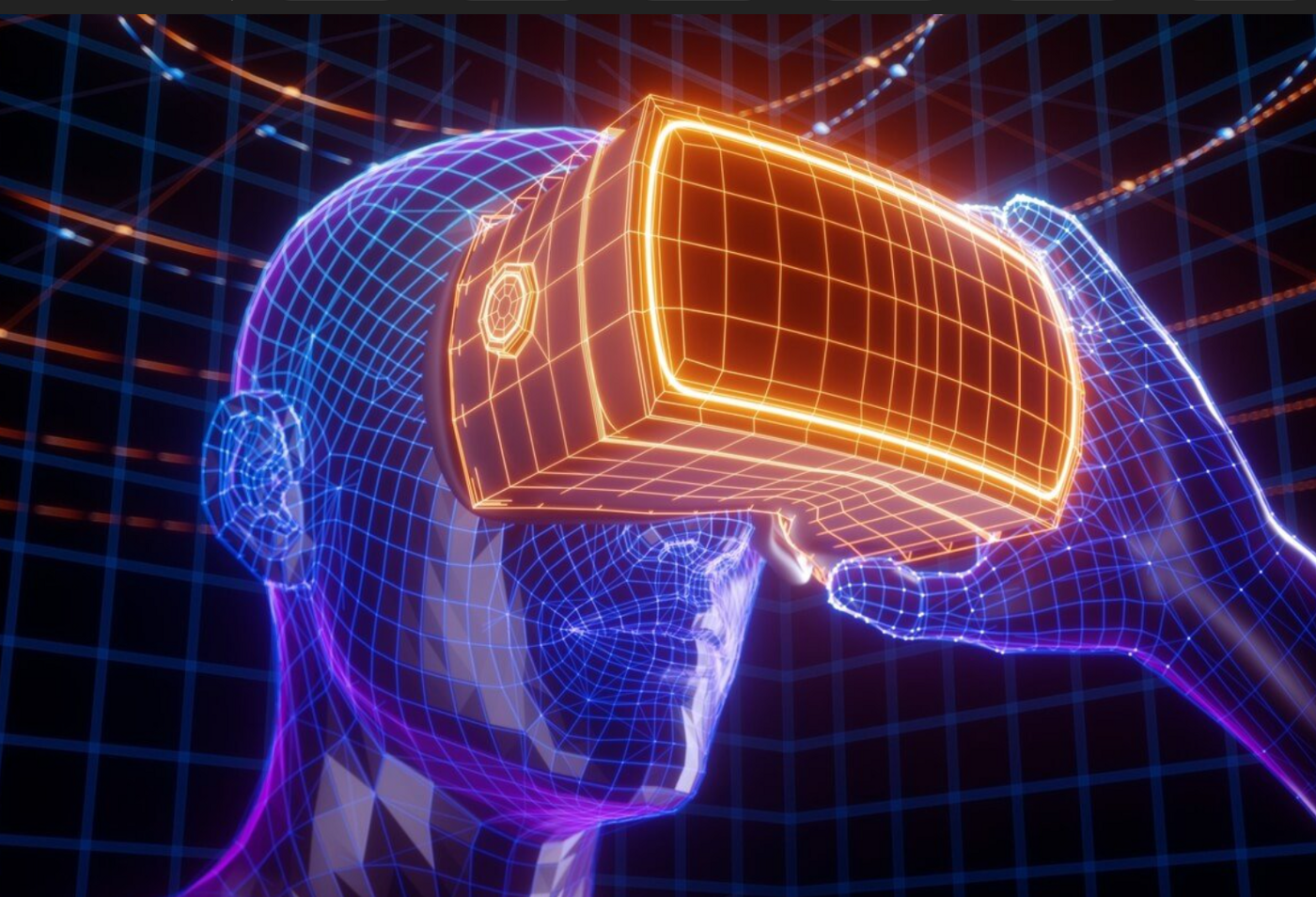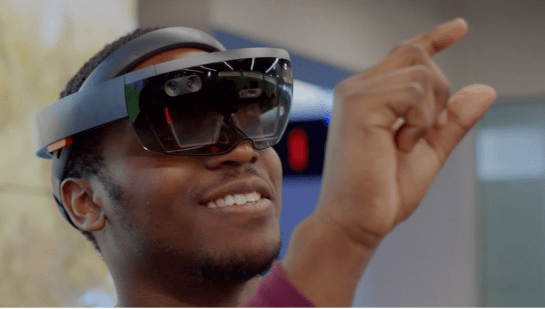Virtual reality was once perceived as an exciting example of something that might exist someday. But virtual reality is no longer imagination – several virtual reality products have been developed and are already changing fundamental aspects of our lives. Nowhere is this more apparent than in the approach that professors and employers are using to teach their students and employees.
In August 2015, Harvard Business School (HBS) launched HBX Live, a virtual classroom environment that places remote students into a real-time session with a professor. Online courses have existed for years, but the bulk of these courses consist of sending and receiving documents and watching pre-recorded video. This leaves out the element of interaction that makes a real-world classroom such an effective learning environment. Not only does the HBX Live teleconference classroom include a human element, but it also has features that can’t be easily utilized in a real-world setting, such as polling among students that can be performed instantly. In addition to their tele-presence classrooms, HBS will be able to add virtual reality or augmented reality where students and professors will be able to directly interact with their environment vs only being able to see images on a flat surface.
Virtual Reality in the Workplace
The educational benefits of virtual reality technology extend far beyond collegiate life. Private businesses are employing this technology to improve their training practices. A Texas Mutual Insurance Company in Austin uses an app made for Google Cardboard, an affordable virtual reality headset that is essentially just a cardboard frame that holds a smartphone right in front of the user’s eyes, to help employee prepare for accidents. New hires are put through four different scenarios using this app: touching a live wire, being caught in a trench, falling off a ledge, and being hit by a falling object. By experiencing the shock of these events in virtual reality, workers are better prepared and can respond in a more productive way if any of these events should ever happen to them in real life. Also, insurance adjusters can virtually “walk through” properties to assess damage remotely. Adjusters can use this technology to zoom in on fine details, which seem so close and so real they can almost touch it. Virtual reality offers businesses benefits other than improved training as well, it saves company resources. Virtual environments allow for much clearer communication than conference calls, and in many cases they can be used to meet with out-of-town clients and partners, thus reducing employer-sponsored travel expenses.
Virtual reality is still in its developing stage as a technology, so it is difficult to determine exactly how drastically it will change education over the next few decades. As Christopher Sessums, the program director of research and evaluation at Johns Hopkins School of Education, noted in EdTech “Perhaps 100 years from now, VR applications will extend learning opportunities far beyond our comprehension.”




